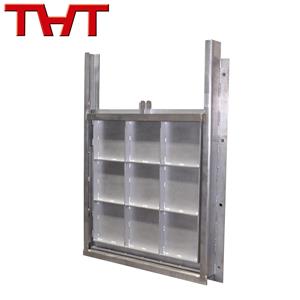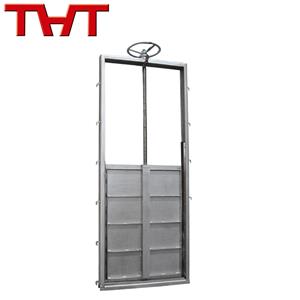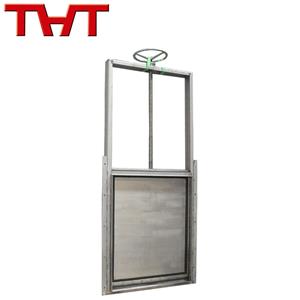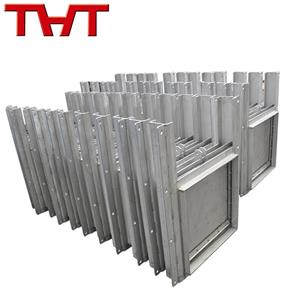Stainless steel 304 air damper valve installation precautions
In the Jinbin workshop, a batch of high-quality stainless steel 304 air valves have been successfully completed. Stainless steel 304, with its excellent performance, gives the air damper valve many significant advantages.
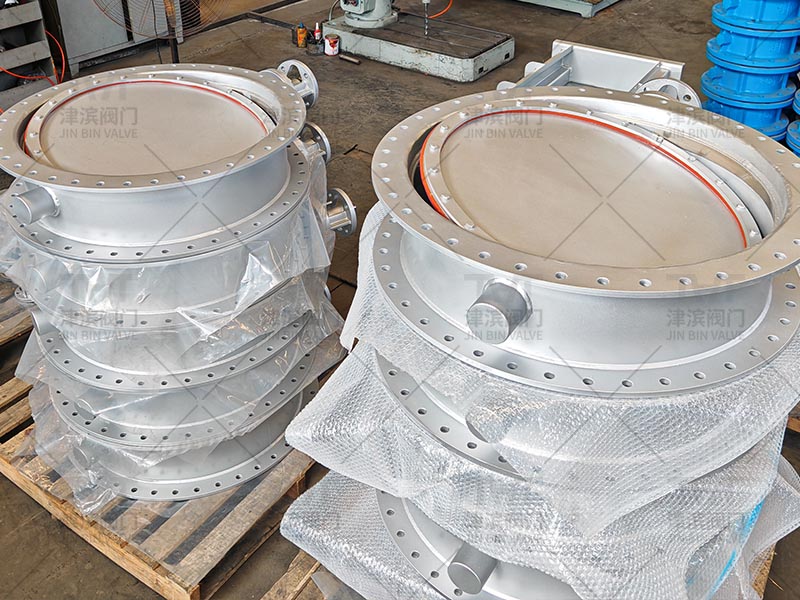
First, 304 stainless steel has excellent corrosion resistance. Whether it is in the face of a humid environment or a slightly corrosive gas, it can effectively resist erosion, greatly extending the service life of the damper valve and reducing maintenance costs. Its good high temperature resistance is also very prominent, in some places with higher temperatures, it can still operate stably to ensure the normal work of the ventilation system. Stainless steel 304 air valve has high strength, stable structure, and can withstand greater pressure to ensure that deformation and other problems will not occur under complex working conditions.

In practical applications, stainless steel 304 damper butterfly valve are found in many fields. In the building ventilation system, whether it is residential, office buildings, shopping malls, hotels and other large buildings, it plays a key role in accurately regulating the air volume to ensure the fresh and circulation of indoor air. In the industrial field, like the chemical workshop, due to the existence of various corrosive gases, stainless steel 304 butterfly damper valve with its corrosion resistance, become the ideal choice for ventilation systems; In the food processing workshop, its health and corrosion resistance characteristics meet the strict production environment requirements. In the clean room of the pharmaceutical industry, it ensures the quality and cleanliness of the indoor air, and provides stable environmental conditions for drug production and other links.
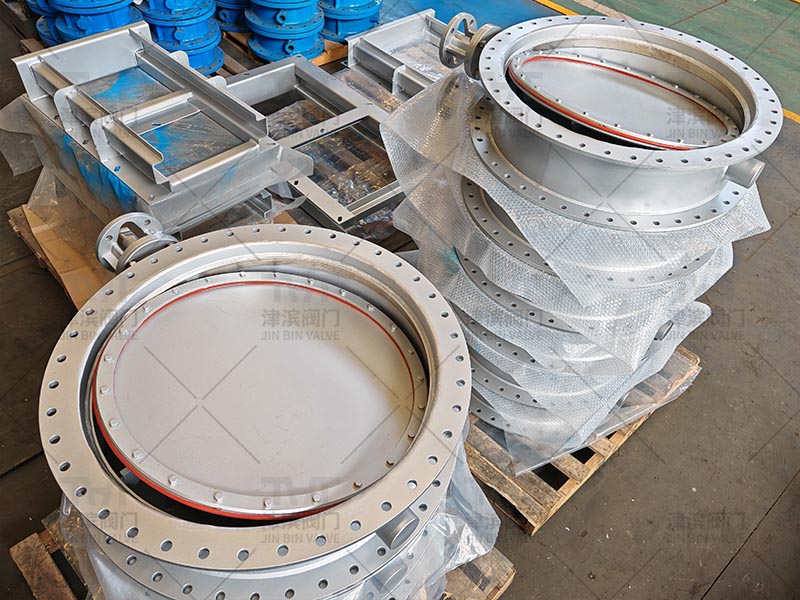
Stainless steel air valve should be noted when installing:
① Installation position selection:
In general, the distance between the air valve and the wall or other obstacles is not less than 300mm, so as to facilitate subsequent maintenance and commissioning. At the same time, avoid installation in places with severe vibration or susceptible to mechanical damage.
② Connection mode:
When connecting with the pipe, ensure that the connection is tight to prevent air leakage. When connecting flanges, install sealing gaskets between flanges. The gaskets should be flat and undamaged, and bolts should be evenly tightened to avoid air valve deformation or air leakage due to uneven force. For air valves with large pipe diameters, it is also necessary to pay attention to the support of the pipes to prevent the weight of the pipes from causing additional pressure on the air valves.
③ Installation direction:
Install in strict accordance with the airflow direction marked by the air valve to ensure smooth flow of air through, otherwise it will affect the normal function of the air valve and the ventilation effect of the system.
④ Actuator installation:
If the air valve has an actuator, such as an electric or pneumatic actuator, install it firmly and ensure that it operates flexibly. The installation position of the actuator should be easy to connect and debug, and protective measures should be taken to prevent the intrusion of rain, dust, etc.

